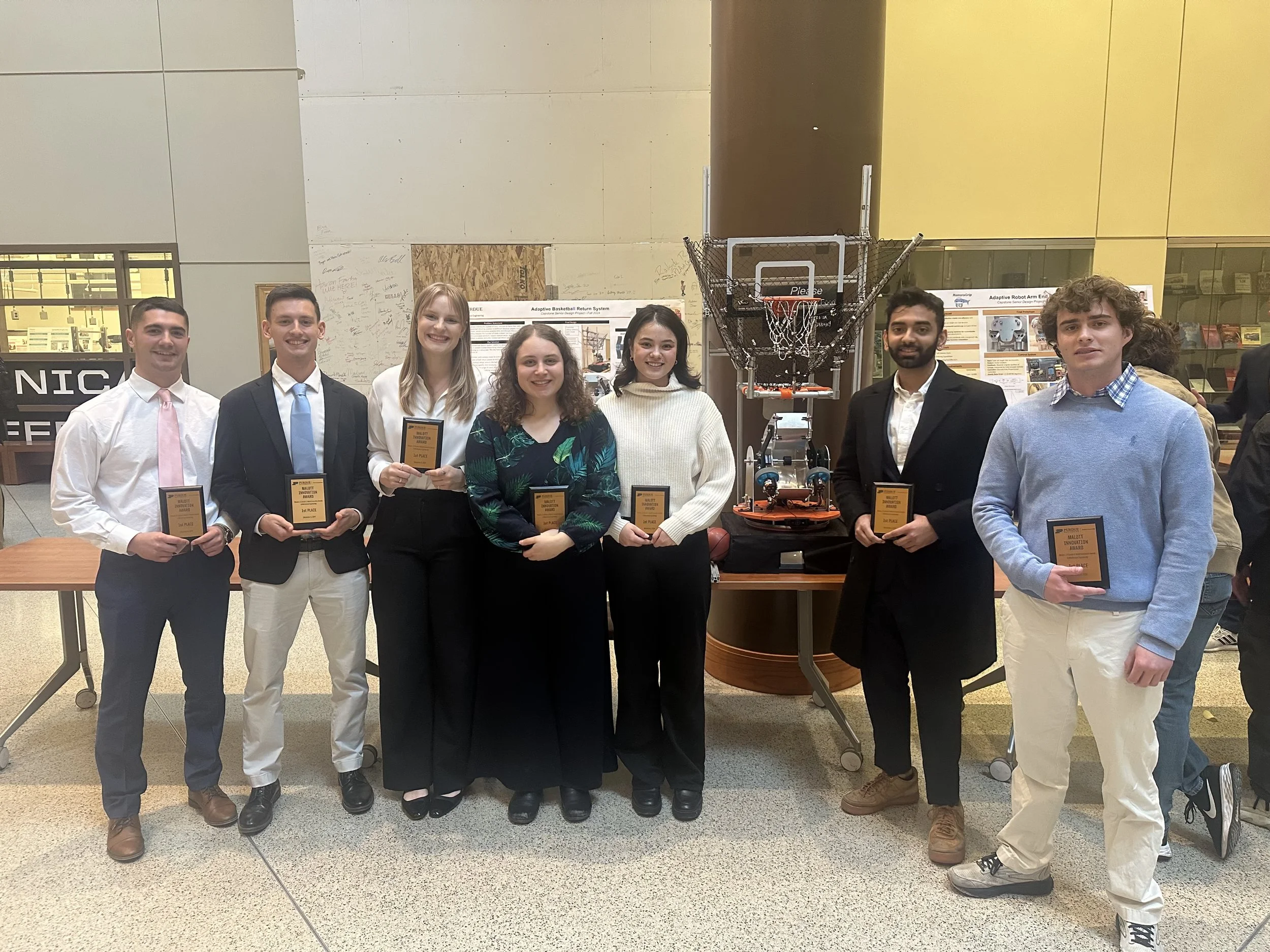"Computer-aided-design (CAD) model assisted absolute three-dimensional shape measurement" Appl. Opt. (2017)
/[100] B. Li, T. Bell, and S. Zhang, "Computer-aided-design (CAD) model assisted absolute three-dimensional shape measurement," Appl. Opt. 56(24), 6770-6776 (2017); doi: 10.1364/AO.56.006770
Abstract
Conventional three-dimensional (3D) shape measurement methods are typically generic to all types of objects. Yet, for many measurement conditions, such level of generality is inessential when having the pre-knowledge of object geometry. This paper introduces a novel adaptive algorithm for absolute 3D shape measurement with the assistance of the object CAD model. The proposed algorithm includes the following major steps: 1) export the 3D point cloud data from the CAD model; 2) transform the CAD model into the camera perspective; 3) obtain wrapped phase map from three phase-shifted fringe images; 4) retrieve absolute phase and 3D geometry assisted by CAD model. We demonstrate that if object CAD models are available, such algorithm is efficient in recovering absolute 3D geometries of both simple and complex objects with only three phase-shifted fringe images.



